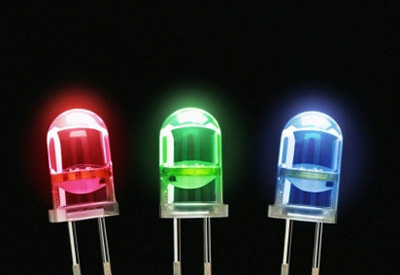Five Reasons Why LEDs Will Save the World

Rick McCarten
We tend to think about the world through our own eyes. On a larger platform, our industry is only a small part of the long-term impact that new disruptive technologies have on the world at large. For instance, LEDs have had a profound effect on the lighting industry. The recent Nobel Physics Award was presented to three Japanese inventors for the creation of white LED light, demonstrating the large presence of this innovation — which our industry plays a small part in for the long-term impact of LEDs on the world around us.
CBC Radio recently interviewed Christopher Hall, a professor from Edinburgh University. Christopher cited four ways in which LED lights will change the world. I’ve added a fifth.
1. It is now possible for compact solar lanterns to be used in areas that do not have access to a power grid. That means that light can used by millions in developing-world environments that currently do not have access to, or cannot afford to purchase from, a power utility. Solar power and other renewables generate direct current which is exactly what LEDs need, so it is a perfect match for renewable energy systems and off the grid “free” energy.
2. “Li-fi” is a new term coined to identify another ability of LEDs. Light emitting diodes are digital, and therefore can be rapidly turned on and off without any damage to the integrity of the light. It turns out that they can be turned on and off as rapidly as any other computer component; the lights can flash at more than a million times per second and send detailed on-off signals just like a computer chip to a receiver, but without a connection: just through the air. The transmitter is also a source of light… think smart phones and in-store advertising.
3. The first LEDs produced the colours red and green. To create white light, the Nobel award-winning scientists took the existing red and green LED and invented blue LED. With all three, they were able to produce a white light. The next stage from creation of blue is violet and then ultraviolet. Ultraviolet is unique because it is used to purify water. Just as low-cost, off-grid light can be used in millions of applications, ultraviolet light can be used to provide clean water to millions.
4. Currently, lighting consumes about 20% of all electricity use in the world. With LEDs improving efficiency by 5 to 10 times, they can have a profound effect on electrical demand. As LEDs replace existing lighting, there will be a significant reduction in the demand and need for more sources of energy.
5. We will see lighting take on new growth in areas we never imagined. Buildings that light up from the sound produced inside it, basketball courts that show replays on the court floor, interactive signs, roadways that will all change our city life. LEDs will provide a huge growth in lighting as a source of protection, convenience, novelty and art that will far outweigh any loss in incandescent and fluorescent sales.
Rick McCarten is Vice President, Electrical Council, Electro-Federation Canada











